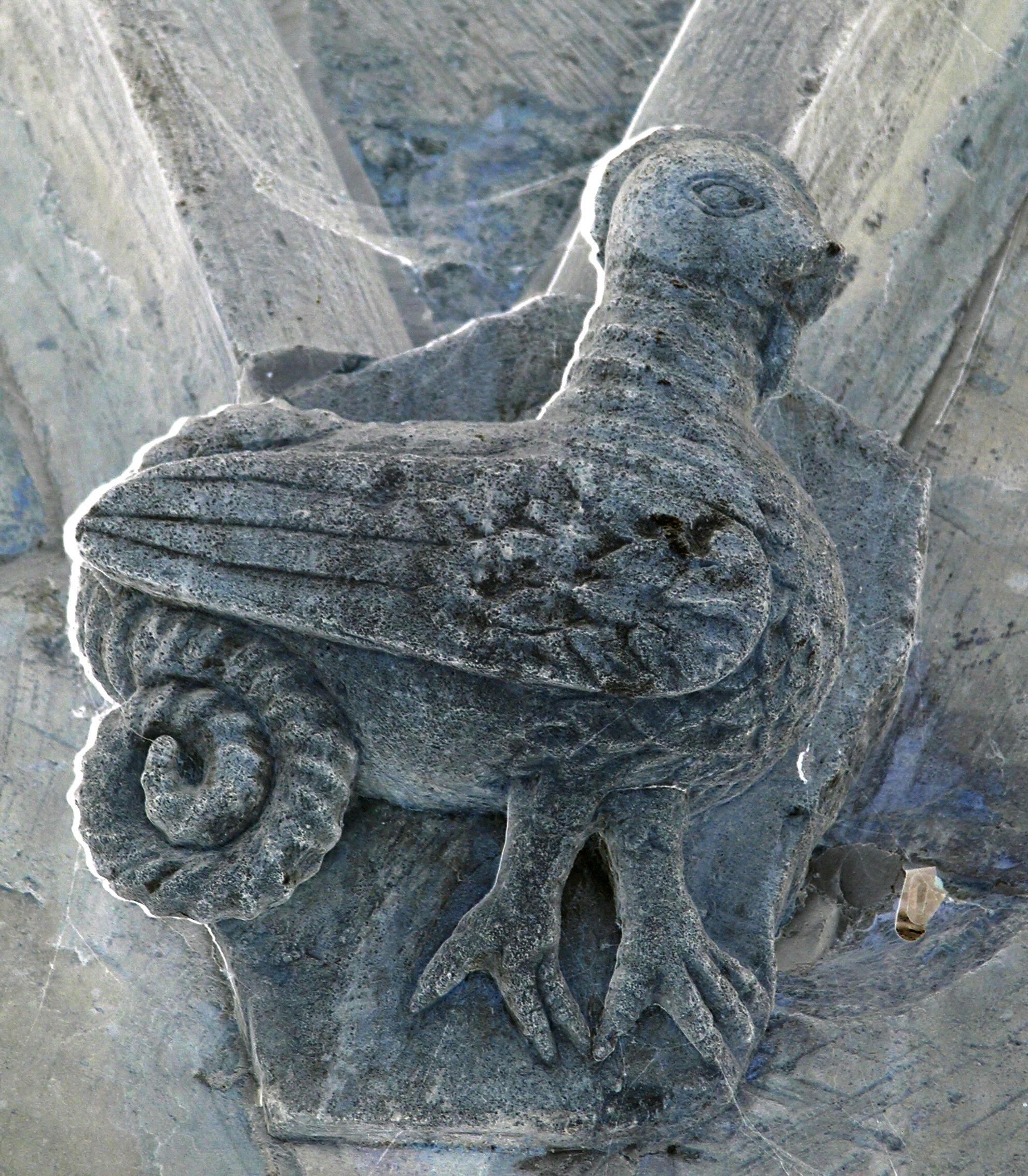St Mary
Warkworth, Northamptonshire
The church is a sole survivor of a complex of medieval and Jacobean buildings which constituted first Warkworth Castle and from the 17th century a large Jacobean house.

All Saints is a typical village parish church, but it can be found in many guide books, as it is nationally and internationally famous for its stained glass windows by William Morris.
Middleton Cheney, Northamptonshire
All Saints is Grade I listed, the main body of the building dating from around 1300. It is constructed from light coloured local ironstone and has a magnificent spire rising 153 feet.
The interior was redesigned by the Victorian architect Gilbert Scott in 1865,a process which included the introduction of choir stalls typical of those in Oxford Colleges. The windows by Morris & Co contain work by many of the Pre Raphaelite artists, particularly Burne-Jones.
The east window is one of Morris’s early works in stained glass, composed of many small pieces of intense multi coloured glass and complex lead work. He included in it a portrait of himself as St Peter and modelled St Catherine on his wife Janey. This window contains work by six of the pre Raphaelites.
In contrast the west window, one of the greatest works by Burne-Jones, is composed of larger pieces of glass. The bottom portion depicts the 3 princes in the fiery furnace, the flames of which dazzle in the setting sun, the swirling patterns anticipate the next art movement to come, Art Nouveau. This window also depicts the six days of creation; Morris’s daughter Jenny acted as the model for the angel in these panes.
Behind the choir stalls are 8 charming panes by Burne-Jones, depicting the chronology of the life of Jesus. Powell & Sons manufactured the glass for Morris. They made their own contribution to the Arts & Craft Movement by reviving the Roman art of marquetry using stone. The church contains two rare examples of these Opus Sectiles by them.
The roofs of the nave and chancel are painted to a design by Morris.
The churchyard contains the family tomb of Mary Horton, the founding benefactor the local hospital in Banbury. It also contains the village WWI War Memorial and Commonwealth Graves. In the church can be found the biographies of these fallen men and also those of their colleagues who returned home. In the spring the churchyard is filled with snowdrops, daffodils, crocus and snakes head fritillaries.
Warkworth, Northamptonshire
The church is a sole survivor of a complex of medieval and Jacobean buildings which constituted first Warkworth Castle and from the 17th century a large Jacobean house.
Marston St Lawrence, Northamptonshire
A church of 17th century surprises!
Banbury, Oxfordshire
If you’re new to Banbury, on holiday or just visiting, new to church, or just curious about life and faith, we’d love to welcome you.